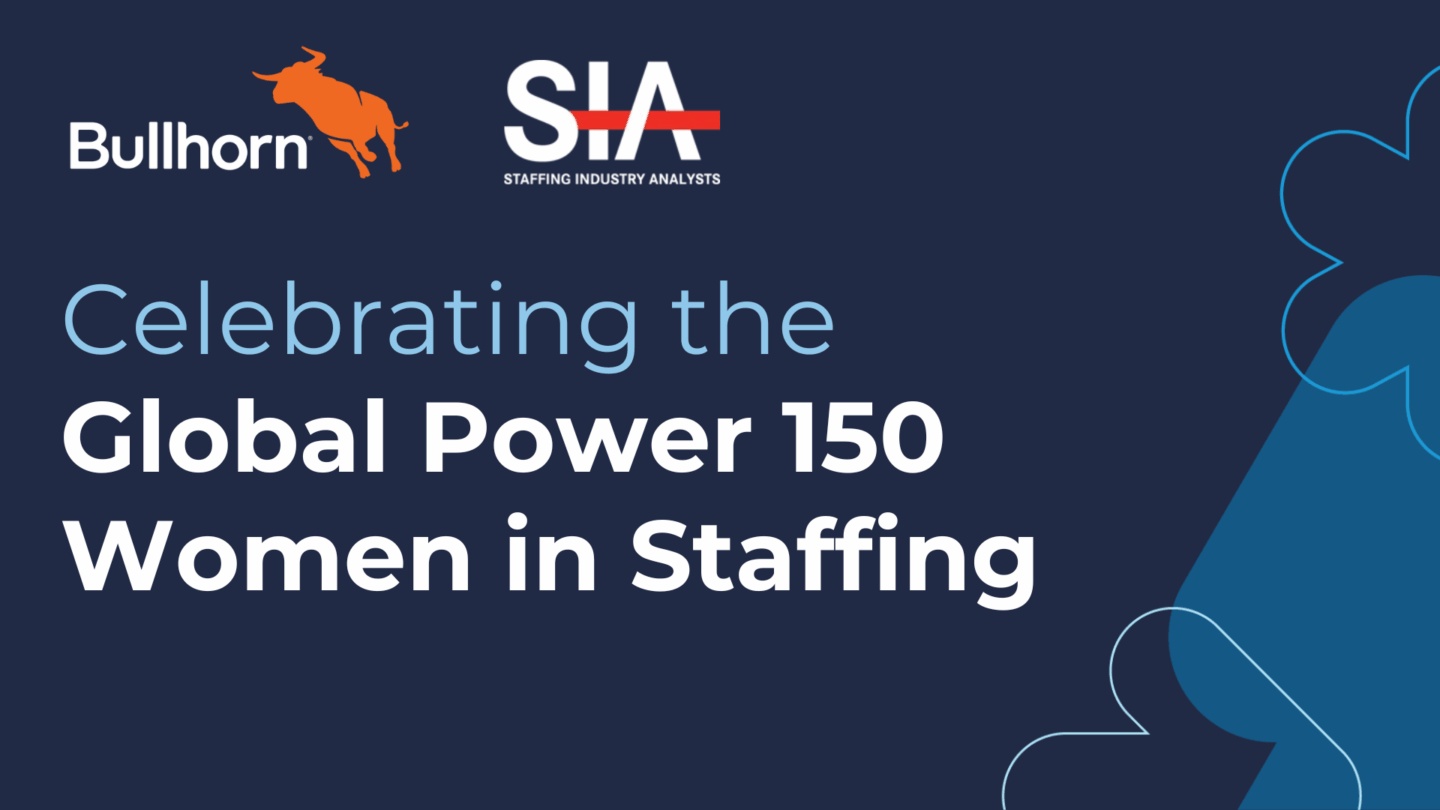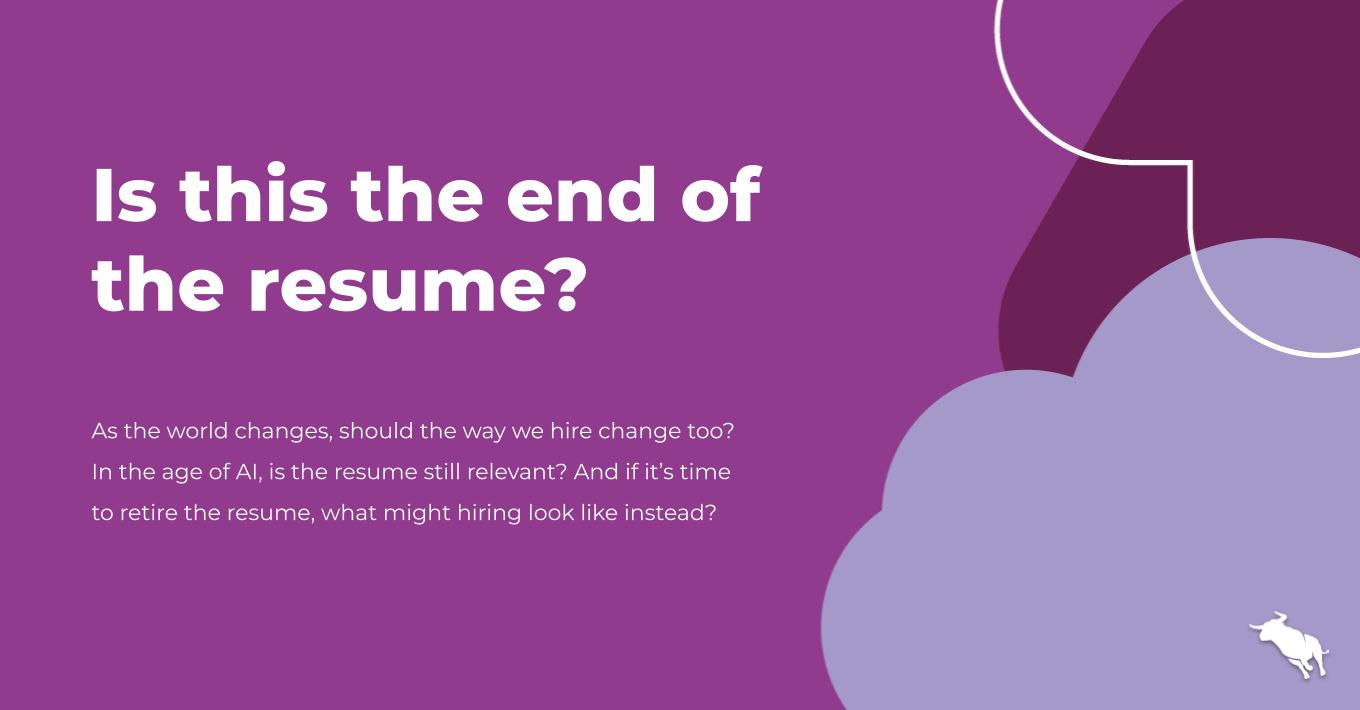What types of companies use temporary staffing agencies?

Temporary workers are a vital part of the U.S. economy. During the course of just one week, around 3 million temporary or contract employees are hard at work for staffing agencies across the United States. Companies that use temporary staffing are more common than you might think; wherever there’s a need for talent—and if you haven’t heard, there is, these days—there’s a need for temporary staffing.
Light industrial
According to research from the American Staffing Association (ASA), the light industrial sector is the largest segment of temporary staffing, making up 37% of all temporary and contract employees. Positions in this sector might include transportation, construction, food handlers, and maintenance workers, to name a few. Altogether, the largest light industrial companies generated at least $28.3 billion in US industrial temporary staffing revenue in 2024, according to a report from Staffing Industry Analysts.
Office support
Temporary and contract workers are also essential in providing administrative and clerical support. Organizations of all sizes and sectors use staffing agencies to fill temporary office support roles, especially when needing additional talent. Administrative and clerical support can be utilized in reception, payroll, insurance, workers’ compensation, and HR-related responsibilities. More than a fourth of all temporary and contract workers provide administrative and clerical support.
IT
Information technology, or IT, is an additional cornerstone of the temporary and contract staffing industry. This year’s Global Recruitment Insights and Data (GRID) survey showed that the largest segment of survey respondents listed IT as their primary industry served.
As more companies look to digitally transform their organizations, the need grows to add additional staff for involved projects, reach those strategic goals—and, of course, to help troubleshoot for any bumps in the road on the path to growth. IT covers a wide area but generally covers anything to do with computer science or communications technology, including but not limited to developers, programmers, analysts, etc.
Engineering and life sciences
Like IT, engineering, and life sciences companies—those in the pharmaceutical, energy, or robotics fields need talent with specialized skillsets and backgrounds to fill specific roles. That’s where temporary staffing comes in, providing contract workers the opportunity to serve needs for technical projects. Positions that are particularly in high demand include microbiologists, scientists, and petroleum engineers.
Healthcare
Healthcare workers are more essential than ever before. According to an SIA report on healthcare staffing from 2024, the largest healthcare staffing firms (making up about 84% of the healthcare market) generated $35.9 billion in revenue in 2024. It’s clear that temporary staffing in healthcare is in high demand.
Healthcare staffing typically covers not just travel nurses and per diem nurses but also physicians (sometimes referred to as locum tenens) and specialists (or allied health). Additionally, with a continuing nursing shortage, driving demand for nurses with specialized skills, temporary healthcare workers are here to stay.
Marketing/creative
Companies specializing in marketing and creative fields also use temporary and contract workers, though they tend to utilize agencies that provide professional and managerial-level talent. Public relations or marketing-focused organizations might hire graphic artists, website designers, copywriters, managers, or senior-level executives. While this may seem like a relatively small niche, research from SIA estimates that the market size for marketing and creative-focused temporary and contract staffing was around $1.8 billion in 2024.
Finance/accounting
Like companies that focus on creative pursuits, organizations specializing in finance or accounting make great use of professional/managerial staffing agencies. These companies hire temporary workers who have training as financial analysts, accountants, or auditors, to name a few, particularly during the ever-busy tax season.
Education
Even education relies on temporary staffing, from early childhood education to K-12 schools to colleges and universities. In 2023, SIA estimated that the market size of education-focused staffing firms was around $1.9 billion. Temporary staff includes not just teachers but aides, educational specialists, and all those who support classroom learning.
More in common than not
Any organization—nonprofit or privately held, government agency or academic institution, Fortune 500 or startup—can use temporary staffing. Each industry benefits from the hours worked by temporary and contract workers; according to this year’s GRID research, many staffing agencies don’t specialize in a single vertical, choosing instead to serve three or more industries.
Plus, workers benefit, too. Our GRID Talent Survey shows that temporary and contract workers have a generally favorable view of staffing firms and like utilizing them to find their next position. SIA research also shows that these workers enjoy the flexibility, variety, compensation, and travel opportunities that temporary staffing provides. Regardless of the industry sector, it’s clear that staffing agencies around the world are putting talent to work—and will continue to do so for a long time to come.
Want to learn more about the work temporary staffing agencies are doing? Check out our GRID Industry Trends Report, sharing the priorities, challenges, and outlook of more than 2,000 global recruitment industry professionals.








